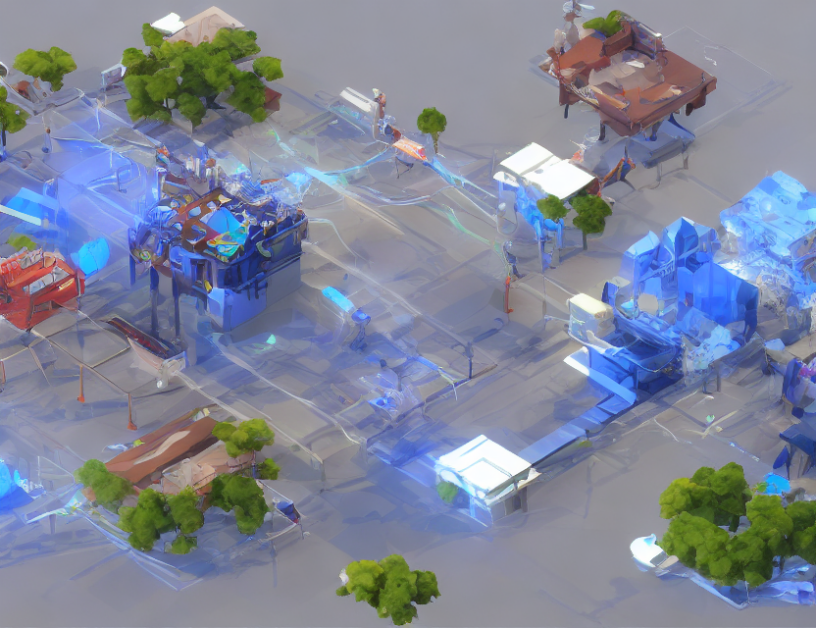Our brains are complex, but how do they work? Traditionally, scientists believed that the cortex was the key to understanding cognitive functions like perception, attention, and memory. However, recent research shows that these processes can occur without a cortex! In this article, we’ll explore how the brain achieves cognition without its most prominent structure.
Section 1: The Cortex vs Non-Cortex Debate
The cortex is the outer layer of the brain responsible for processing sensory information and controlling motor functions. However, some scientists argue that the cortex is not necessary for cognitive processes like perception and attention. One reason is that these processes can be performed by other parts of the brain, such as the thalamus or basal ganglia.
Section 2: The Role of the Thalamus
The thalamus is a structure in the middle of the brain that relays sensory information to the cortex. However, some studies have shown that the thalamus can also perform cognitive functions independently of the cortex. For example, the thalamus plays a critical role in attention, even when the cortex is damaged.
Section 3: The Basal Ganglia and Cognition
The basal ganglia are a group of structures deep in the brain that help regulate movement and cognition. Some scientists believe that these structures can perform cognitive functions without the cortex. For example, studies have shown that the basal ganglia play a key role in decision-making and learning.
Section 4: The Importance of the Brain’s "Non-Cortex" Regions
While the cortex is important for many cognitive functions, it is not the only part of the brain involved in these processes. Other regions, such as the thalamus and basal ganglia, play critical roles that are independent of the cortex. These non-cortex regions may be more essential for certain cognitive functions than previously thought.
Conclusion
In conclusion, recent research has challenged the traditional view of the cortex as the sole source of cognition. Other parts of the brain, such as the thalamus and basal ganglia, can perform cognitive functions independently of the cortex. This has important implications for our understanding of how the brain works and how we can develop artificial intelligence systems that mimic its abilities. By harnessing the power of these non-cortex regions, we may be able to create more intelligent AI systems that can learn and adapt quickly and efficiently.



